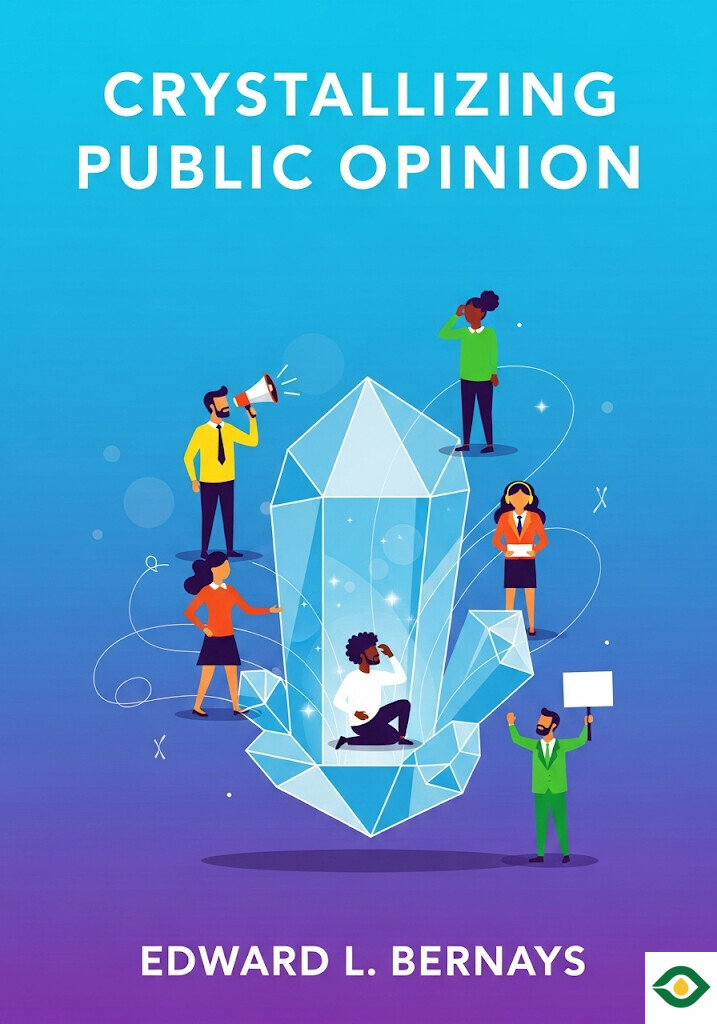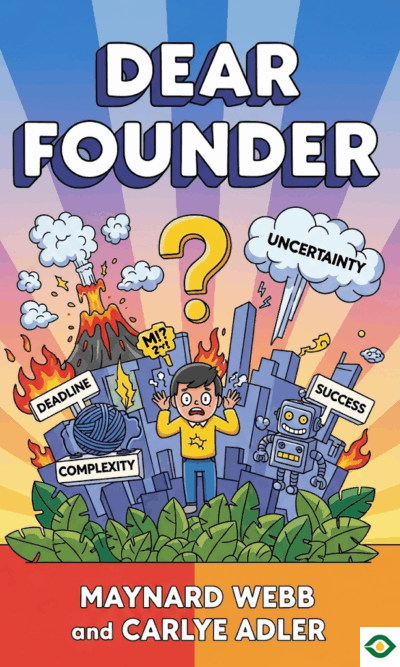Description
Crystallizing Public Opinion by Edward L. Bernays is one of the first great books about public relations. Published in 1923, it explains how ideas, messages, and campaigns can shape the way people think and act. Even though it is a century old, it still feels fresh because human psychology has not changed much. People are still influenced by authority, stereotypes, group behavior, and the media. Bernays shows how public relations professionals, if skilled and ethical, can guide opinion for business, government, and social progress.
At its heart, the book argues that public opinion is not random. It can be studied, influenced, and shaped. People often believe they form their views on their own, but in truth, they are constantly guided by leaders, institutions, and communication channels. Bernays calls for professionals who can act as bridges between organizations and the public, presenting messages in ways that connect with people’s needs and values.
One of his first points is defining the role of the “public relations counsel.” At the time, some thought of them as propagandists or advertisers. Bernays insisted the job was more sophisticated. A good PR counselor listens to both the client and the public, and then builds strategies that align them. For example, he tells a story about a hotel in New York that faced damaging rumors of closure. Instead of issuing empty denials, the hotel publicly renewed the contract of its maître d’. That simple action made the rumor unbelievable, since a failing hotel would never take on such a cost. By shaping perceptions instead of arguing against them, the PR counselor restored trust.
Bernays also explains how PR campaigns can affect nations and governments. He points to the case of Lithuania’s independence movement in 1919. Supporters created campaigns in America to introduce Lithuania’s history and culture, gaining sympathy among ordinary people and recognition among officials. This showed how carefully designed communication could influence foreign policy.
From there, Bernays explores what actually makes people form opinions. He points out that most beliefs are shaped less by facts and more by authority figures, traditions, and group belonging. People often live in what he calls “logic-proof compartments,” where they reject evidence that does not fit their worldview. For this reason, direct arguments rarely work. Instead, PR professionals must redirect attention, question old sources of authority, and introduce new voices that people can trust.
The press plays a large role in this process. Newspapers both reflect and shape public opinion. In Bernays’ time, media helped advance issues such as women’s suffrage and birth control by giving them visibility and legitimacy. Yet the press does not control everything. Politicians disliked by newspapers still sometimes won elections, proving that public opinion cannot be controlled by one force alone. It is always a negotiation between different influences.
Another key theme of the book is stereotypes. People use mental shortcuts to understand the world. Words like “capitalist” or “scout” carry shared pictures and judgments that are hard to change. Stereotypes make communication easier, but also dangerous, because they can trap people in narrow thinking. For public relations, stereotypes are both tools and obstacles. Messages that fit them spread easily, but messages that fight them face resistance. Bernays explains that crowd psychology reinforces these tendencies. People find safety in groups and accept what their group accepts. That is why PR work often involves shaping group norms rather than trying to convince isolated individuals.
Bernays also stresses diversity in modern society. In small, homogenous towns of the past, one pamphlet or speech might sway everyone. In a large, diverse nation, no single message works for all. Effective communication requires tailoring, targeting overlapping groups, and finding common goals that unite people despite differences. For instance, during wartime, people may disagree about politics, but they can unite around shared causes like supporting relief work or donating to the Red Cross.
Here Bernays borrows an idea from Walter Lippmann about three types of government influence: one based on trade and deals (“I give you this if you give me that”), one based on fear and force, and one based on knowledge and education. The last method, which relies on gathering facts and educating the public, is the approach that PR professionals should use. Communication should be honest, informed, and aimed at the public good.
The book also discusses ethics. By the 1920s, more leaders in journalism, politics, and business were realizing that PR had real power. This raised concerns: would that power be used responsibly? Bernays admits the risk of manipulation, but he argues that PR should serve society by bringing clarity, truth, and understanding. Public relations must not only create attention-grabbing stories but also uphold honesty and trust.
Bernays gives an example from journalism. In earlier times, newspapers were highly opinion-driven, but as the public demanded facts, reporting shifted toward accuracy. Still, for PR counselors, it was not enough to know what counted as news—they had to create news. They had to craft stories that were both true and engaging so that journalists would spread them. But this ability came with a duty: news created by PR had to be ethical, accurate, and useful, not manipulative.
The lessons from Crystallizing Public Opinion remain relevant today. Modern technology may have changed the speed and reach of communication, but the basic forces of psychology, stereotypes, and group identity still drive public opinion. Whether in business, politics, or social causes, success depends on understanding these forces and using them with responsibility.
To sum up, Bernays shows that public relations is not simply about selling products or managing scandals. It is about understanding how people think, what they believe, and how they connect with others. With that knowledge, PR can shape public opinion in ways that improve relationships between organizations and the public. When practiced ethically, it can also contribute to a more informed, cooperative, and progressive society.





